Crew 286 Sol 04 Summary Report 16-NOV-2023
Sol: 04
Summary Title: “And Then There Were Eight.”
Author’s name: Roger Gilbertson
Mission Status: Nominal
Sol Activity Summary: In the science dome the bacterial growth experiment continues and appears on-track. Samples were taken and tested, and optical density doubled in 12 hours, indicating nominal growth. Plaster mold creation was started in the RAM, with the intention of demonstrating the use of in-situ resources (local gypsum for plaster), in support of metal component casting.
Just after 9 AM we welcomed our visiting photojournalists, Andrea and Caleb, who will be with us for four nights. We helped bring their equipment up from the rear airlock, then oriented them to the facility and its operations. We had a group lunch to welcome them.
Afternoon EVA. With eight people now in the habitat, we were able to include Hugo, our filmmaker, on to the EVA crew allowing for our first 4-person excursion. Preparations went smoothly and the four astronauts exited the airlock at the appointed time. Our visiting journalists observed the process of suiting up, using the radios, and conducting the EVA, in preparation for their joining an EVA tomorrow. All four astronauts and their equipment fit into the airlock, and they exited the airlock on time.
Phase 1 of the EVA involved the full team to wash the exteriors of the windows on habitat and science dome. A special extra-long squeegee was prepared from available components, and loaded into the airlock in two parts. A bottle of special Mars window washing fluid was also prepared. Upon exiting, the crew assembled the pole.
The first test wash was performed on the exterior of the airlock window. The squeegee’s sponge side was moistened from the fluid bottle, then raised up and moved over the window surface. Then the wiper blade side was used to remove the fluid. A cloth was used to wipe the edges. Then the smaller habitat windows on the lower floor were cleaned. In future, a smaller width squeegee would be helpful for these.
The upper floor windows proved more challenging. The highest ones were out of reach, even with the long pole. The round window above the airlock could be reached from the porch. As expected, the spacesuits made moving the squeegee over the high window difficult. One astronaut moved it, while the other observed from a bit further away, and provided feedback and directions. Our improved radio communications skills helped. In the end, the triple-pane windows contain a lot of dust on the inner surfaces, which is inaccessible, so they are less than 100 percent clean.
The squeegee team moved their attention to the science dome windows. Being at eye level allowed full and proper cleaning. The science dome windows now have excellent clarity.
We then proceeded to Phase 2. Lizzy and Groucho began LIDAR scanning and soil sampling in the habitat yard, and then along the stream bed to the east of the science dome. Gee and Hugo walked to the north of the observatory dome and conducted a memorial service for founding member of the Belgian Mars Society, Étienne Lefebvre, who passed away recently.
During the EVA, the visiting photographers documented the activities from within the habitat, the science dome, and observatory dome area.
Look Ahead Plan: Tomorrow the science program will continue with newly arrived innocula and freshly generated hydrogen. EVA training will be given to the visiting photographers, and they will be taken on an afternoon EVA to Marble Ritual. Processing of LIDAR images and samples will continue. Production of metal casting molds will continue.
Anomalies in work: none
Weather: nominal
Crew Physical Status: nominal
EVA: EVA 4 completed, request for EVA 5 submitted for tomorrow
Reports to be filed: Sol Summary, Journalist report, Photos, Operations report, Green Hab report, EVA 4 Summary, EVA 5 Request.
Support Requested: As previously requested, internet access at 6 AM to observe the Starship test launch (if it is still “go”)


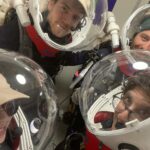

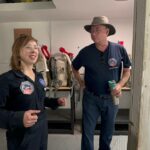
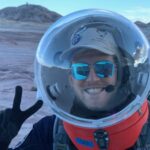
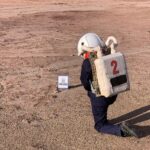
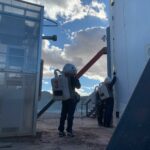
You must be logged in to post a comment.